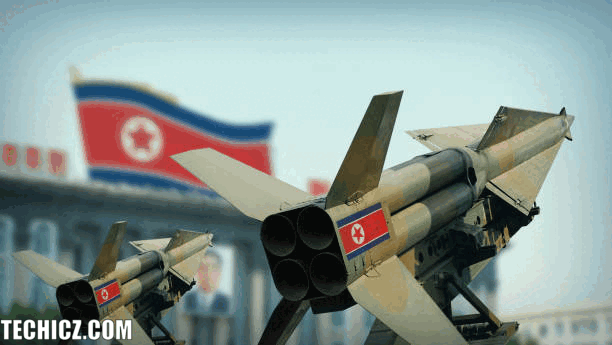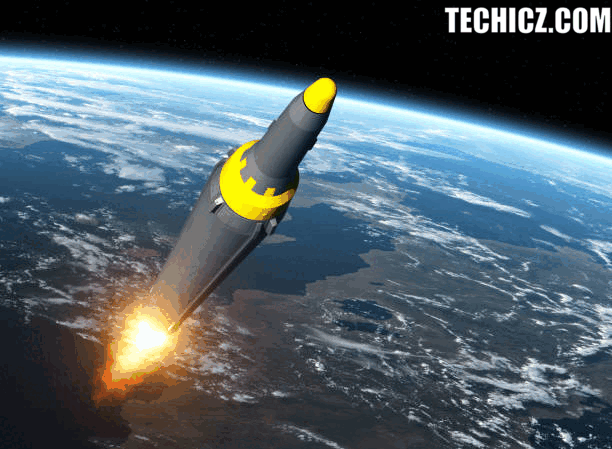
In recent years, North Korea Ballistic Missiles program has been a topic of international concern and scrutiny. This article aims to provide a comprehensive overview of North Korea’s ballistic missiles, exploring their development, capabilities, and implications for global security. From the early stages of missile development to the latest advancements, we will delve into the key aspects of North Korea’s ballistic missile program.
North Korea Ballistic Missiles Program: A Historical Perspective
North Korea’s ballistic missile program traces its roots back to the late 1970s. Initially, North Korea relied on acquiring missiles from other countries, but it gradually started developing its own indigenous capabilities. Over the years, North Korea has made significant progress in missile technology, advancing from short-range to intercontinental ballistic missiles.
Types of North Korean Ballistic Missiles
Short-range Ballistic Missiles (SRBMs)
SRBMs are ballistic missiles with a range of up to 1,000 kilometers. North Korea possesses a variety of SRBMs, including the Scud series, which can reach South Korea and Japan. These missiles pose a regional threat and have been extensively tested by North Korea.
Medium-range Ballistic Missiles (MRBMs)
MRBMs have a range between 1,000 and 3,000 kilometers. North Korea’s most notable MRBM is the Musudan, which has the potential to reach U.S. military bases in Guam. Although the Musudan faced some technical challenges during testing, it represents a significant advancement in North Korea’s missile program.
Intermediate-range Ballistic Missiles (IRBMs)
North Korea fired two shortrange, IRBMs have a range between 3,000 and 5,500 kilometers. The Hwasong-12 and Hwasong-14 are prominent examples of North Korean IRBMs. These missiles have demonstrated capabilities that threaten regional stability and potentially reach parts of the continental United States.
Intercontinental Ballistic Missiles (ICBMs)
ICBMs are long-range missiles with a range exceeding 5,500 kilometers. North Korea’s successful development and testing of the Hwasong-15 showcased its ability to potentially target any location within the continental United States. This capability represents a significant shift in the geopolitical landscape.

Technological Advancements in North Korea Ballistic Missiles Program
North Korea’s missile program has experienced remarkable advancements in recent years. These advancements include improvements in missile guidance systems, miniaturization of nuclear warheads, and the development of solid-fuel rockets. Such technological progress has elevated North Korea’s missile capabilities and increased concerns among the international community.
North Korea’s Nuclear Ambitions and Missile Testing
North Korea Ballistic Missiles program is closely linked to its nuclear ambitions. The country’s pursuit of nuclear weapons has been a matter of global concern. North Korea has conducted numerous missile tests, some of which involved the simultaneous testing of nuclear devices. These provocative actions have strained diplomatic relations and heightened tensions in the region.
International Response and Sanctions
The international community has responded to North Korea’s missile program through various means, including diplomatic negotiations and economic sanctions. The United Nations Security Council has imposed multiple rounds of sanctions on North Korea, targeting its missile and nuclear activities. However, the effectiveness of these sanctions in curbing North Korea’s missile development remains a subject of debate.
Implications for Global Security
North Korea Ballistic Missiles program has significant implications for global security. The increasing range and accuracy of its missiles have raised concerns about the potential for preemptive strikes and the destabilization of the region. Moreover, the possibility of nuclear warheads being mounted on these missiles adds an additional layer of complexity and danger to the situation.
North Korea Ballistic Missiles Defense Capabilities
Given the growing threat posed by North Korea’s missile program, countries in the region have sought to enhance their missile defense capabilities. Japan, South Korea, and the United States have deployed advanced missile defense systems, such as the Aegis Ballistic Missile Defense System and Terminal High Altitude Area Defense (THAAD). These systems aim to intercept and destroy incoming ballistic missiles, providing a layered defense against potential attacks.

Future Outlook and Potential Threats
The future of the North Korea Ballistic Missiles program remains uncertain. It is crucial for the international community to closely monitor developments and take appropriate measures to mitigate potential threats. Efforts to engage diplomatic dialogues and promote non-proliferation remain vital in maintaining regional stability and global security.
Conclusion
North Korea Ballistic Missiles program continues to be a matter of concern and interest worldwide. Its technological advancements and pursuit of nuclear weapons pose challenges to global security. The international community must remain vigilant, employing a combination of diplomatic negotiations, economic sanctions, and defense measures to address this complex issue effectively.
FAQs (Frequently Asked Questions)
Q1: Can North Korea’s ballistic missiles reach the United States?
A1: Yes, North Korea has successfully developed intercontinental ballistic missiles (ICBMs) capable of reaching any location within the continental United States.
Q2: Are North Korea’s ballistic missiles a threat to neighboring countries?
A2: Absolutely. North Korea’s ballistic missiles pose a significant regional threat, with the potential to target South Korea, Japan, and U.S. Thursday the south Korean military bases in the Pacific.
Q3: What measures has the international community taken to address North Korea’s missile program?
A3: The international community has implemented economic sanctions, engaged in diplomatic negotiations, and enhanced missile defense capabilities to address North Korea’s missile program.
Q4: Can North Korea’s missile program be completely halted through sanctions?
A4: While sanctions have had some impact on North Korea’s missile program, completely halting it remains a challenging task due to the country’s resilience and clandestine nature.
Q5: What is the role of China in addressing North Korea’s missile program?
A5: China plays a crucial role as North Korea’s main economic and political ally. Its cooperation and influence are essential in managing and addressing North Korea’s missile program.
In conclusion, understanding North Korea’s ballistic missile program is vital for comprehending the global security landscape. The continuous monitoring and appropriate responses to North Korea’s missile activities are crucial in ensuring regional stability and international peace.
Also, Read About 6 Ways You Can Help the Environment
